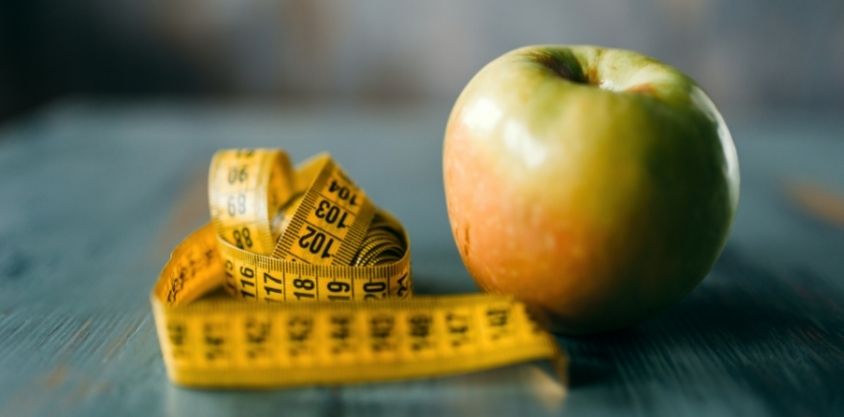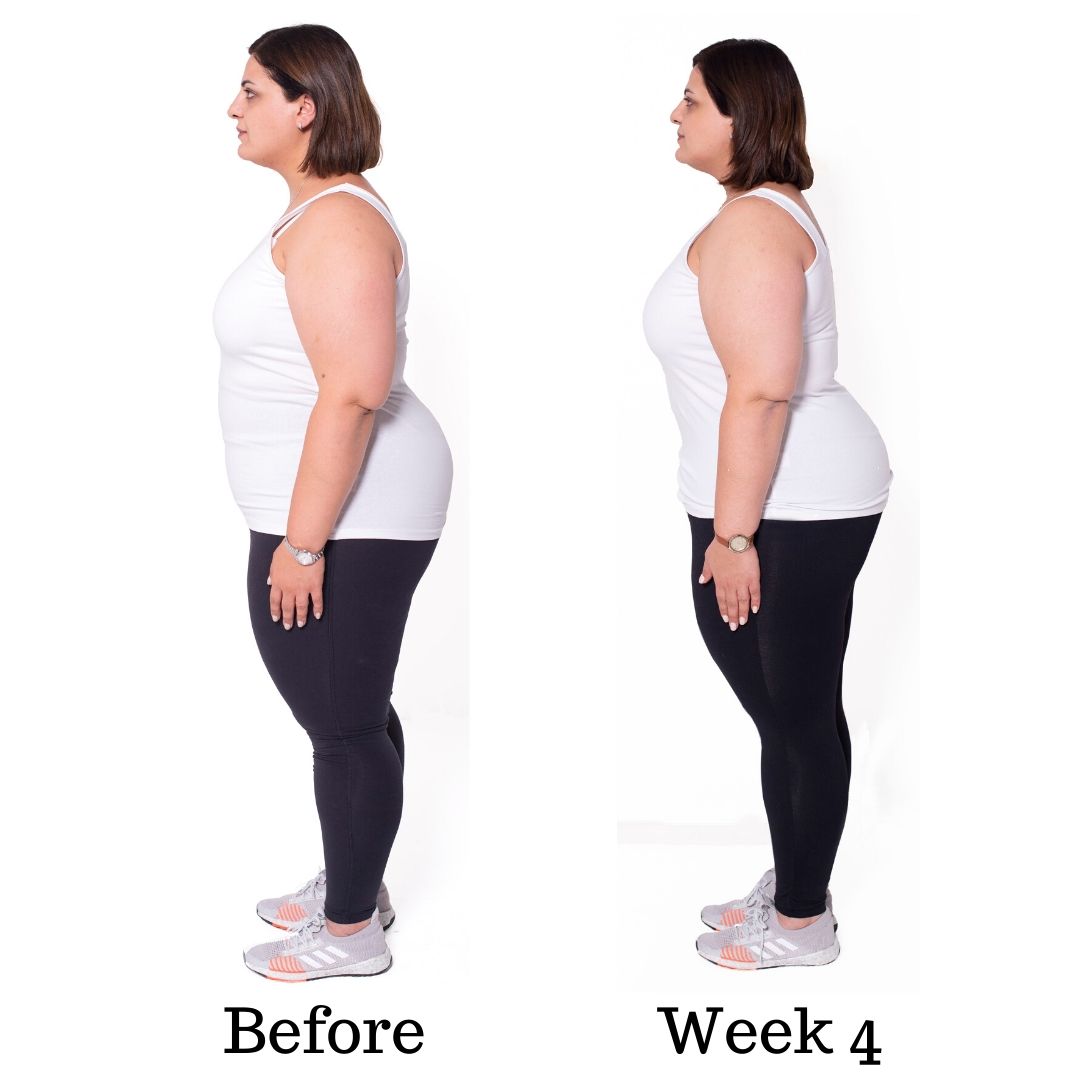
Your body weight should determine your weight loss goals. To determine your body weight, weigh yourself now and use that as a starting point. Next, calculate 5% to 10% off that weight. It is important to be realistic about setting goals. This will ensure that you do not lose weight and maintain your health. For example, if you weigh 200lbs, you should aim to lose 20 pounds. Do not lose too much weight to become underweight.
SMART goals place emphasis on outcomes
The measurable outcomes of SMART goals for weight reduction are described as "measurable outcomes". This helps you set SMART goals, which should challenge you but don't overwhelm you. You should aim to have a goal that is in line with your priorities and easy for you to reach. Here are some tips to help with setting SMART weight loss goals. Read on to learn more. The most effective way to lose weight is with SMART goals.

Process goals guide you in achieving the outcome
Set process goals to guide you in achieving your weight loss outcome. For reaching your goal weight, you can set daily, weekly or monthly goals. You can choose healthy rewards to help you reach each goal, even though they are not met. If you reach a particular process goal, set a daily, weekly or monthly reward. You can use process goals to guide you towards your goal, whether it is a goal for a new diet or routine.
You can track your progress by setting measurable goals
It will help you keep track of your progress towards weight loss by setting clear goals. If you don't have a fitness tracker, for example, you can't set a goal to log 10000 steps every day if you want to lose 10lbs. You can track your success by counting how many days you are successful over the week. While it is important to set realistic goals it is even more important to make them attainable.
Mini-goals help you break long-term goals into smaller, attainable chunks
Mini-goals to weight loss are an effective way to stay motivated. The best way to stay motivated and on track is to break down your long-term goal into smaller, achievable chunks. Mini-goals for weight reduction aren't just for weight loss. They can also be used to create passive income streams, read literary masterpieces, or find a job that pays well.

Nutritional goals help you track progress
You can track your progress by setting nutrition goals for weight loss. Aim to achieve specific daily calorie targets, consult your doctor, then mark a point on your calendar. Setting a deadline is a powerful motivator. If you have a deadline, you will be more motivated to lose weight. You can also make changes if your goal changes. The Carb Manager allows you to easily analyze your data. You can see exactly when each goal was reached, as well as what you ate in that period.
FAQ
What's the difference between intermittent fasting versus calorie restriction
Calorie restriction is a way to eat less than your body needs. Intermittentfasting is different as it doesn’t require you to restrict your calories. It focuses on eating fewer calories during the day.
Intermittent fasting allows you to indulge in foods that you love while feeling guilt-free.
Each method has its pros and cons. You will need to decide which method is best for you.
What foods help me lose more weight?
Eating fewer calories can help you lose weight faster. There are two methods to accomplish this.
-
Reduce the number of calories you take in daily.
-
Get more exercise to increase your metabolism.
It is easy to reduce calories. Everywhere you turn, there are many calorie-dense fast foods. Here's a list to help you shed those extra kilos.
-
Beans are high in fiber and protein. They have very little fat making them a great option for dieters trying to reduce their caloric intake.
-
Oatmeal has low calories, but high levels of nutrients such as magnesium and potassium. Oatmeal is lower in sugar than other cereals.
-
Eggs are high in cholesterol and protein. Consuming eggs at least once a week can increase your metabolism and help you burn more calories.
-
Whole grain bread can reduce hunger pangs, so you might feel fuller for longer.
-
Dark chocolate is high in antioxidants, flavonoids and other substances that have been linked with lower blood pressure and better heart health.
-
Cottage cheese is high in calcium, which helps to build strong bones. Cottage cheese is also high in calcium, which aids in bone strength.
-
Omega-3 fatty Acids are a key component of salmon. They promote brain development, and improve cardiovascular function.
-
Green tea is rich in catechins, compounds which fight cancer and increase metabolism.
-
Broccoli has a lot of folic, which can lower homocysteine in the blood. A higher risk of developing heart disease and stroke is associated with high homocysteine levels.
-
Yogurt, which is low in sugar, is a great option to add probiotics to your diet. Probiotics play an important role in digestive health.
-
Berries are delicious and nutritious snacks. Blueberries (strawberries), blackberries; raspberries and cranberries all provide excellent sources of vitamins.
-
Avocados are bursting with healthy fats. A half avocado provides 80 calories with plenty of fiber, potassium, and filling fiber.
-
Nuts are delicious snacks that also provide a lot of protein. You can choose from cashews or hazelnuts, almonds, walnuts or pecans.
-
Sweet potatoes are another starchy root vegetable rich in beta carotene. It makes your skin shine. Orange sweet potatoes have a higher amount of beta carotene that regular sweet potatoes.
How often are people quick?
Most people who adhere to a ketogenic lifestyle fast only once per week. Others fast twice per semaine. Others fast three times a week.
Every fast is different. Some people fast 24 hours, while others fast 48 hours.
Some people may even stay awake for 72 hours. However, these extreme cases are rare.
Is cardio a way to quickly lose weight?
Cardio exercises can be great for burning calories but not necessarily helping you lose weight. It all depends on how many calories you've stored and what type exercise you do.
If you're overweight, then cardio exercises may not be enough to burn off all those extra pounds.
These should be combined with diet and other forms of exercise.
You can lose weight by running or jogging. These exercises burn calories more than any other type.
You must train resistance if your goal is to gain muscle instead of losing weight. Resistance training can be done without the use of machines, weights, bands, elastic band, etc.
Combining cardio exercise with resistance training is a great way to lose weight quickly.
Combining cardio and resistance training is a great way to quickly lose weight.
How can busy people lose weight
Losing weight is as easy as eating less and working out more.
You'll gain weight if you eat too many calories. If you don't exercise enough, you'll also gain weight. If you combine these two simple behaviors, you can lose weight.
Statistics
- According to a study sponsored by the American Council on Exercise, a person weighing around 140 pounds (64 kg) would burn 108 calories at a 30-minute beginner's Pilates class or 168 calories at an advanced class of the same duration (26). (healthline.com)
- Among women, the increase in metabolic rate was nearly 4%, or 50 more calories per day (14Trusted Source (healthline.com)
- It's estimated that half of all American adults attempt to lose weight every year (1Trusted (healthline.com)
- According to Harvard Health, it's estimated that a 155-pound (70-kg) person burns around 167 calories per 30 minutes of walking at a moderate pace of 4 mph (6.4 km/h) (5). (healthline.com)
External Links
How To
How to Intermittent Fasting
Intermittent fasting refers to a diet where you only eat one day per semaine, typically Monday through Friday. The goal is to decrease your overall calories and still get adequate nutrition. This helps you lose fat more quickly than if it were your normal meals for the entire week.
The most common type of IF is to restrict calories on specific days of the week. This means you could skip breakfast every morning and still eat what you want the rest of the week. You could also choose three small meals instead of two large meals per day.
You can choose from many different types of intermittent fasting such as alternate day fasting (alternative day fasting), 5/2 fasts (8/4 fasts), 16/8 fasts, and so on. There are pros and cons to each type of intermittent fasting. Alternate day fasting is the easiest way to start out because you don't have to make any major changes to your lifestyle. However, not everyone can stick to a rigid schedule. They might prefer to experiment with other methods.
I recommend alternate-day fasting if you're starting an intermittent fasting regimen. This will allow your lifestyle to be gradually altered while you transition into more extreme fasting.